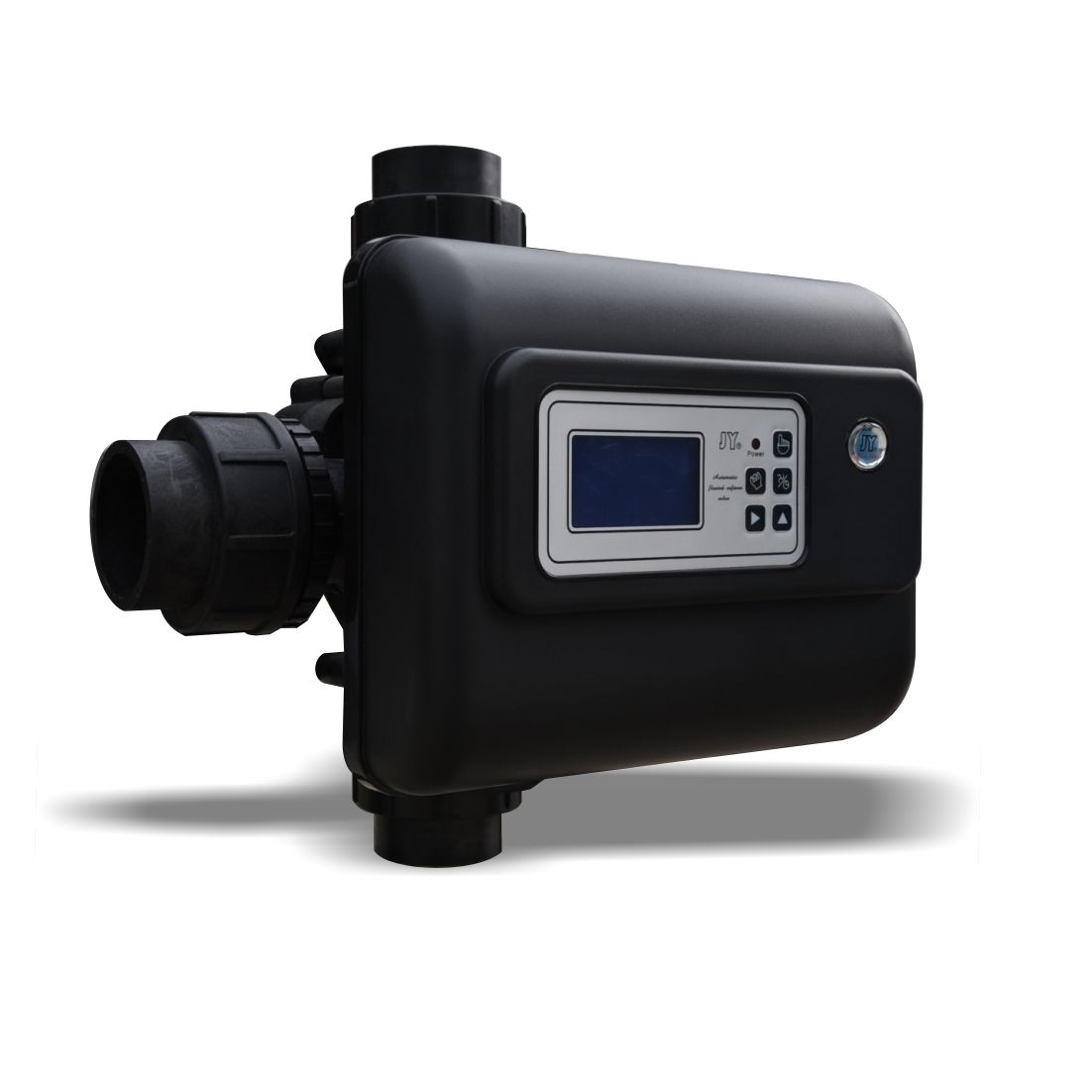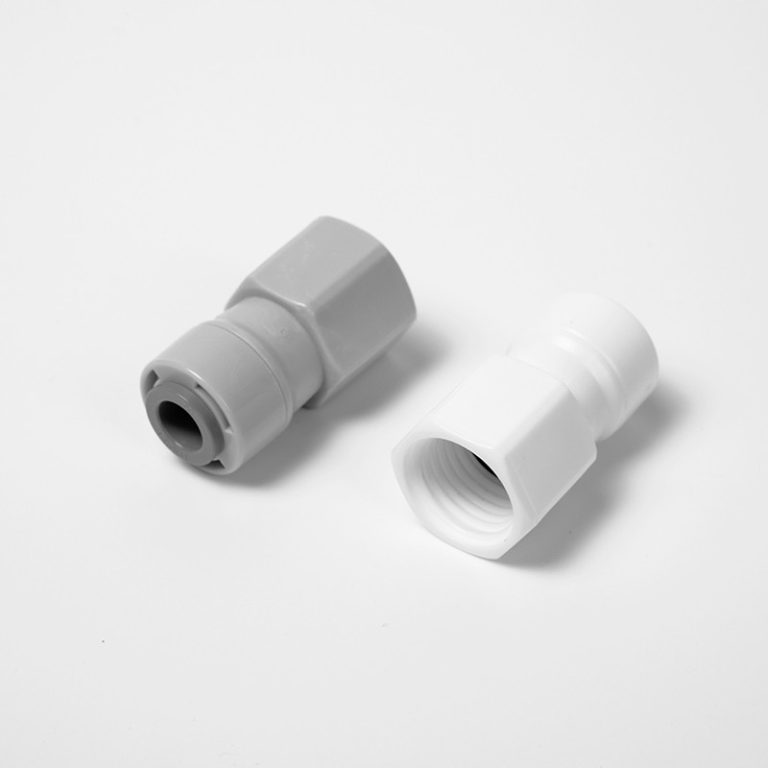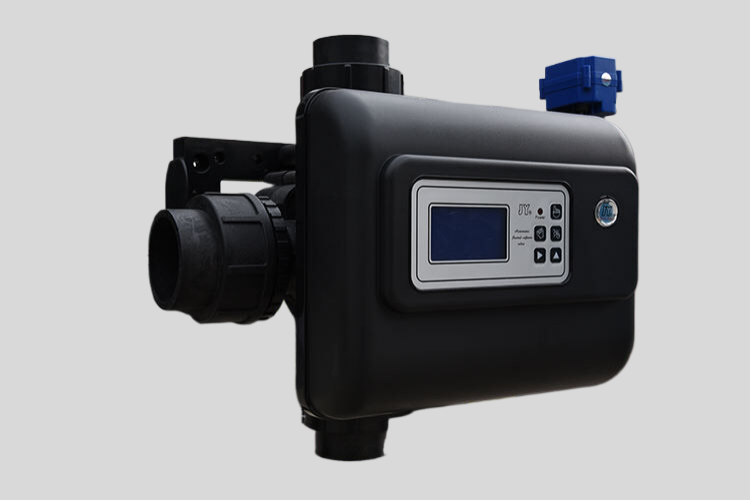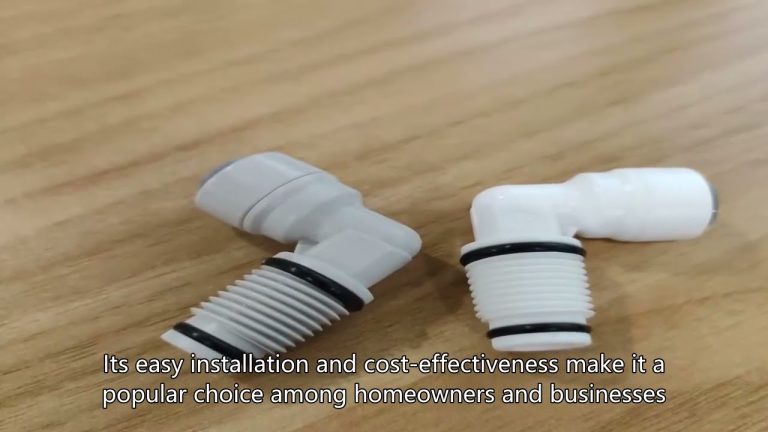“Isolate, control, protect – the power of the isolation valve.”
Understanding the Function of an Isolation Valve
Isolation valves are an essential component in many industrial processes, as they play a crucial role in controlling the flow of fluids within a system. Understanding how isolation valves work is key to ensuring the efficient and safe operation of various systems. In this article, we will delve into the function of isolation valves, exploring their design, operation, and importance in different applications.

Isolation valves are designed to stop the flow of fluids in a pipeline or system. They are typically used to isolate a section of the system for maintenance, repair, or shutdown purposes. These valves are commonly found in industries such as oil and gas, water treatment, chemical processing, and power generation.
The basic principle behind the operation of an isolation valve is simple. When the valve is in the open position, fluid can flow freely through the system. However, when the valve is closed, it creates a barrier that prevents the flow of fluid. This allows for the isolation of a specific section of the system without affecting the rest of the system.
There are several types of isolation valves, each with its own unique design and operation. The most common types include gate valves, ball valves, butterfly valves, and globe valves. Gate valves, for example, use a gate or wedge-shaped disc to control the flow of fluid. When the valve is closed, the gate is lowered into the flow path, creating a tight seal that prevents fluid from passing through.
Ball valves, on the other hand, use a spherical ball with a hole in the center to control the flow of fluid. When the valve is open, the ball is rotated so that the hole aligns with the flow path, allowing fluid to pass through. When the valve is closed, the ball is rotated to block the flow path, creating a tight seal.
| Model | Valve Material | Inlet/Outlet | Continuous (0.1Mpa drop) | Peak (0.175Mpa drop) | Cv** | Maximum Backwash (0.175Mpa drop) | Distributor Pilot | Drain Line | Brine Line | Mounting Base | Height (from top of the tank) |
| CM27 | Unleaded brass | 1″(Male) | 5.9m³/h | 7.5m³/h | 6.8 | 25gpm | 1″(1.05)O.D. | 3/4″(male) | 3/8″, (1/2″) | 2.5″-8 | 6-1/2″ |
Butterfly valves use a disc that is mounted on a rotating shaft to control the flow of fluid. When the valve is open, the disc is positioned parallel to the flow path, allowing fluid to pass through. When the valve is closed, the disc is rotated perpendicular to the flow path, creating a seal that prevents fluid from passing through.
Globe valves, on the other hand, use a disc that moves up and down to control the flow of fluid. When the valve is open, the disc is lifted away from the flow path, allowing fluid to pass through. When the valve is closed, the disc is lowered into the flow path, creating a seal that prevents fluid from passing through.
In addition to their design and operation, isolation valves are also classified based on their actuation method. Manual valves are operated by hand using a lever, wheel, or handle. These valves are simple to operate but require human intervention to open and close.
On the other hand, automated valves are operated using an actuator, which can be pneumatic, hydraulic, or electric. These valves can be remotely controlled and are often used in applications where precise control is required.
In conclusion, isolation valves play a critical role in controlling the flow of fluids within a system. Understanding how these valves work is essential for ensuring the efficient and safe operation of various industrial processes. By choosing the right type of valve and actuation method for a specific application, operators can effectively isolate sections of a system for maintenance, repair, or shutdown purposes.






